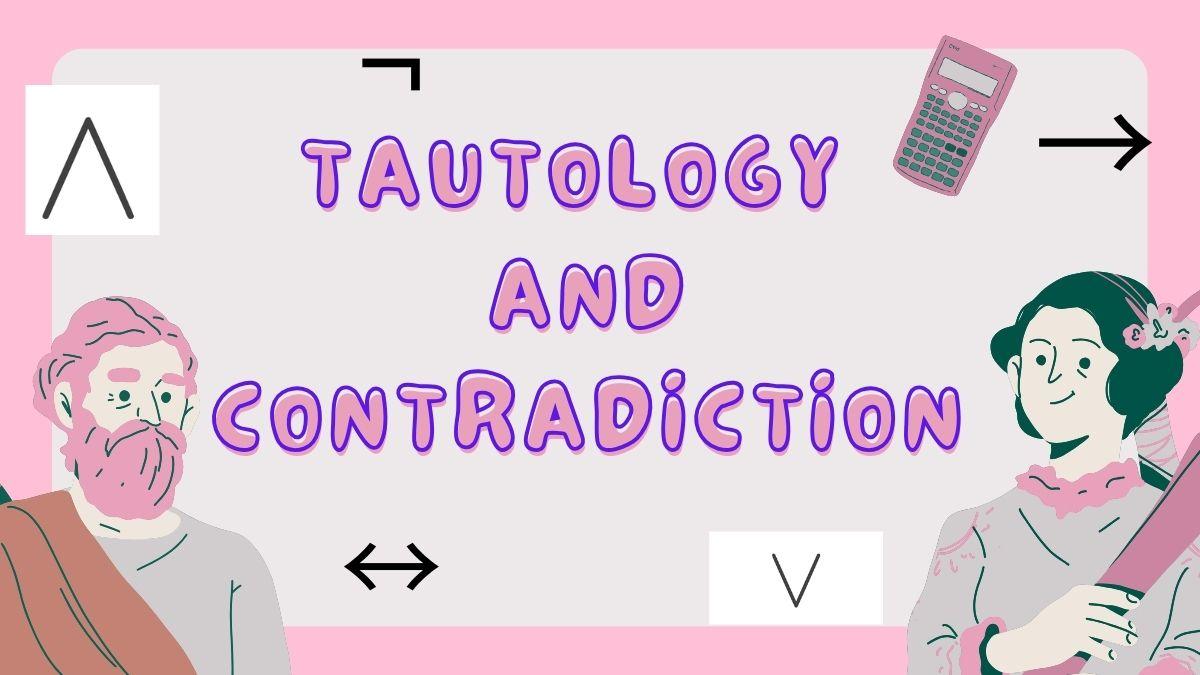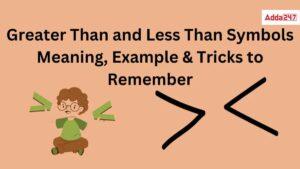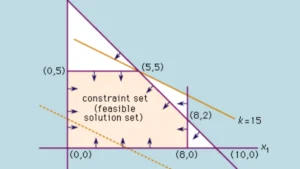Table of Contents
The tautology and contradiction finds its application in various fields ranging from Mathematics to Computer Science. If you have taken mathematics or computer science in higher classes, you must have come across the term tautology, contradiction and contingency. The ideas of tautology and contradiction are essential in examining arguments, statements, and reasoning. In this article, we will understand the tautology and contradiction in detial.
Tautology and Contradiction
Tautology and contradiction are both basic ideas in logic that represent the opposite ends of truth value. They are crucial for grasping the framework and soundness of arguments. Using these terms allows us to grasp the organization and credibility of statements, serving as the foundation for creating strong arguments and identifying errors in reasoning. Tautology and contradiction are opposite to one another and a statement can never be both.
Tautologies, Contradictions and Contingencies
To ascertain the validity or invalidity of an argument, we have employed truth tables and the truth assignment test. The identical techniques can be applied to examine the logical characteristics of single statements and the logical connections among them. Three categories of statements exist:
- Tautologies
- Contradictions
- Contingencies
The arrangement of a proposition dictates if it is a tautology, contradiction, or contingency.
Tautology and Contradiction Definition
Let us define the tautology and contradiction to understand what they actually means.
Tautology
A tautology is a compound statement that remains true regardless of the truth values of its component statements. The term tautology comes from a Greek word with ‘tauto’ meaning ‘same’ and ‘logy’ meaning ‘logic’. A compound statement combines two basic statements by utilizing conditional words like ‘and’, ‘or’, ‘not’, ‘if’, ‘then’, and ‘if and only if’. The examples of tautology in sentential form are given below.
- Either Mohan will go home or Mohan will not go home.
- A number is even or a number is not even.
- She is healthy or he is not healthy
Any two given statements such as q and r, (q ⇒ r) ∨ (r ⇒ q) is a tautology.
Contradiction
A contradiction is also known as a self-contradictory proposition. A statement that is always false is known as a contradiction. In other words, contradiction has a logical form that cannot be true, no matter what truth values are assigned to the sentence letters. Some of the examples of contradiction are:
(A • ~A)
~ (A ∨ ~A)
~ (A ⊃ A)
((A ∨ ~A) ⊃ (B • ~B))
~ ((A ∨ B) ≡ (B ∨ A))
Tautology and Contradiction Definition in Maths
A tautology in Mathematics is a compound statement that consistently yields a Truth value. Regardless of the specific components of the individual part, the outcome will always be true in tautology. Contradiction or fallacy is the antonym of tautology which means the compound statement will always be false. Translating tautologies from everyday language to mathematical expressions using logical symbols is a simple task.
Tautology and Contradiction Logic Symbols
Different logical symbols are utilized in tautology to represent compound statements. Below are the representations and explanations of symbols utilized in Mathematics logic:
| Symbols | Meaning | Representation |
| ∧ | AND | A ∧ B |
| ∨ | OR | A ∨ B |
| ¬ | Negation | ¬A |
| ~ | NOT | ~A |
| → | Implies or If-then | A→B |
| ⇔ | If and only if | A⇔B |
Tautology and Contradiction Examples
Let us understand the concept of tautology and contradiction with the help of examples.
The given statement is: I will give you 10 dollars or I will not give you 10 dollars.
Here, let symbolize the individual sentence components of the above compound statement:
P = I will give you 10 dollars
~P = I will not give you 10 dollars (Since it is the opposite statement of P)
These two separate statements are linked together using the logical operator “OR,” typically represented by the symbol “∨.”
Thus, the above-given statement can be symbolically represented as P ∨ ~P.
Next, we will verify if the provided statement yields a correct answer.
Case 1: I will give 10 dollars. In this scenario, the initial assertion is accurate while the subsequent one is incorrect. Because the statement includes the OR operator, it leads to a true statement always.
Case 2: I will not give 10 dollars. In this scenario, the initial statement is incorrect while the subsequent statement is accurate. Therefore, it generates an accurate statement every time.
We can use the truth table to discuss this statement and get the result.
| P ( I will give you 10 dollars) | ~P ( I will not give you 10 dollars) | P ∨ ~P (I will give you 10 dollars or I will not give you 10 dollars) |
| T | F | T |
| F | T | T |
As you can see in the above statement, the result (third column) always yield the true result in all possible combinations. That is why, the given statement is tautology.
We can also prove the concept of contradiction with the same statement given above. The only difference in the statement will be that we have to use the and operator in place of or.
Statement will be modified as: I will give you 10 dollars and I will not give you 10 dollars
On converting the above statement into symbol form, we get
P = I will give you 10 dollars
~P = I will not give you 10 dollars
Thus, the above-given statement can be symbolically represented as P ∧ ~P. (∧ is the logical AND operator)
We can use the truth table to discuss this statement and get the result.
| P ( I will give you 10 dollars) | ~P ( I will not give you 10 dollars) | P ∧ ~P (I will give you 10 dollars and I will not give you 10 dollars) |
| T | F | F |
| F | T | F |
As the result obtained is False in each case, hence, the statement: “I will give you 10 dollars and I will not give you 10 dollars” is a contradiction.
Tautology and Contradiction Truth Table
Logical Symbols are utilized to link two basic statements in order to form a more complex statement, and this is known as logical operations. There are 5 primary logical operations that are carried out using specific symbols, which include AND, OR, NOT, Conditional, and Bi-conditional. We will learn each symbol one at a time, along with their meanings and operations using truth tables.
Consider x and y as two statements. Refer to the truth tables provided below to learn how the different logical operations are carried out.
AND Operation
The symbol for AND is denoted by ‘∧’. A compound statement formed by combining two simple statements using the AND symbol is known as a conjunction of two statements.
| x | y | x ∧ y |
| T | T | T |
| T | F | F |
| F | T | F |
| F | F | F |
OR Operation
| x | y | x ∨ y |
| T | T | T |
| T | F | T |
| F | T | T |
| F | F | F |
NOT Operation
| x | ~x (NOT x) |
| T | F |
| F | T |
Conditional Operation
| x | y | x ⇒ y |
| T | T | T |
| T | F | F |
| F | T | T |
| F | F | T |
Bi-conditional Operation
| x | y | x ⇔ y |
| T | T | T |
| T | F | F |
| F | T | F |
| F | F | T |
Tautology and Contradiction Solved Examples
Candidates should practice some of the solved examples on tautology and contradiction given below to strengthen their concepts.
Example 1: Find if ~P∧Q ⇒ ~(P∨Q) is a tautology or not.
Solution: We have been given P and Q as two statements. Therefore, we can write the truth table for the given statements as;
| P | ~P | Q | ~P∧Q | P∨Q | ~(P∨Q) | ~P∧Q ⇒ ~(P∨Q) |
| T | F | T | F | T | F | T |
| T | F | F | F | T | F | T |
| F | T | T | T | T | F | F |
| F | T | F | F | F | T | T |
As you can see from the above truth table ~P∧Q ⇒ ~(P∨Q) is not true for all the individual statements. Therefore, it is not a tautology.
Example 2: Verify if p⇒(p∨q) is a tautology.
Solution: The two statements p and q can be verified for tautology through its truth table.
| p | q | p∨q | p⇒(p∨q) |
| T | T | T | T |
| T | F | T | T |
| F | T | T | T |
| F | F | F | T |
As you can see that the truth table values of p⇒(p∨q) is true for all the individual statements. Therefore, it is a tautology.





 Navigating the Jump from Class 10 to Cla...
Navigating the Jump from Class 10 to Cla...
 Greater Than and Less Than, Equal to Sig...
Greater Than and Less Than, Equal to Sig...
 Class 12 Mathematics Linear Programming ...
Class 12 Mathematics Linear Programming ...










